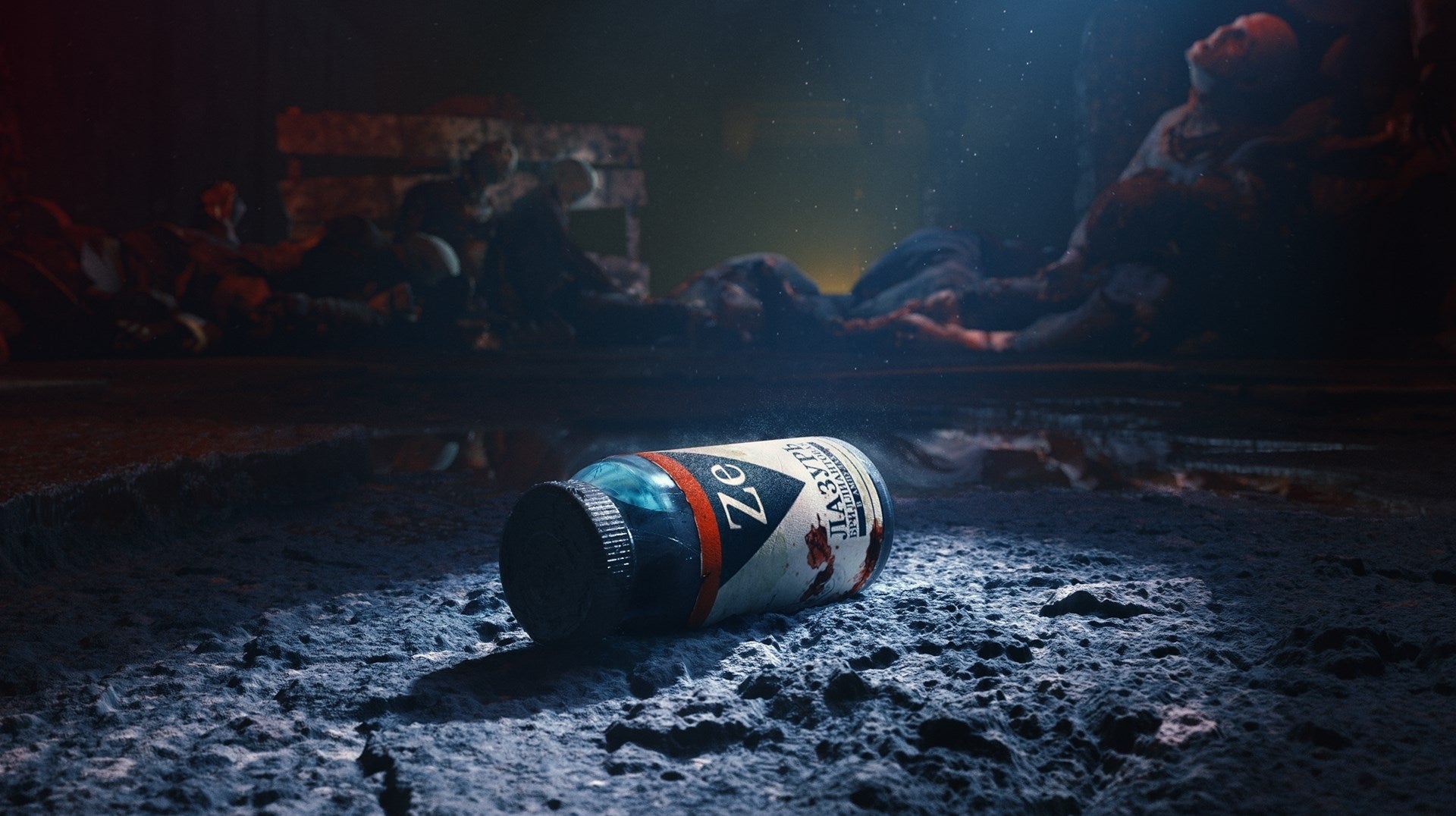There's nothing about the hardware inside the new consoles that is specifically built to handle ray tracing. They're just very powerful and they support ray tracing. How ray tracing is implemented is up to the developers. And it takes time for them to learn how to adequately use the hardware resources to implement a relatively new feature such as ray tracing without sacrificing too much performance. Don't expect fully ray traced games on the market for at least the first year. Maybe even longer.
And you absolutely cannot expect a remaster of a 5 year old game that was never even built with ray tracing in mind to be fully ray traced. Wake up dude. That's not going to happen.
This is false. The GPU in both the PS5 and the Xbox X will use AMD Radeon solutions that will be part of the RDNA2 line. That includes all of the present ray-tracing specific hardware acceleration plus whatever advancements are made between now and when they settle on the exact model of Radeon GPU they are going to incorporate. It will be 100% specifically designed to handle ray tracing at the hardware level.
This is what a "Graphical Processing Unit" is for.
ALL graphical elements (geometry calculations, textures, shaders, post processing effects, anti aliasing, mip-mapping, etc., etc., etc...) are simply software coded to be processed ( -- by
anything -- a CPU is perfectly capable of doing it -- we don't "need" a GPU in order to process graphics). Ray tracing is simply one of the latest techniques that video software engineers have come up with to make things look cool. A GPU is a specific piece of hardware designed to take the processing load off of the CPU, so that a system can process levels of detail many orders of magnitude more complex than anything a CPU could ever handle on its own. The GPUs used in the next gen consoles will include hardware specifically designed to handle ray tracing in addition to all of the other features already offered in games. All "gaming" video cards that come out from this point forward will include hardware and drivers that specifically handle ray-tracing acceleration. It's simply the next "trick" added to video cards' bags of goodies. Again, that's what a GPU
is.
DirectX is a totally different concern. It's an "Application Programming Interface". DirectX is not "how ray-tracing works", it's simply one possible "middle-man" that can be used to make a program more universal, especially when trying to communicate a single application's code over a spectrum of different hardware solutions (like having a game be able to run the same way on the vastly different architectures and driver suites, whether Nvidia, Radeon, Intel HD, various on-board audio solutions, features like multi-monitor display, HDR lighting, etc.) DirectX works sort of like a translator. It doesn't actually do any processing work. It just translates messages between the software and whatever hardware is available.
That's why they'll probably limit ray tracing to reflections, as is the case with most games that support it. That's the big feature that everyone likes to showcase. And it's not like The Witcher 3 couldn't use it considering how awful and halfassed SSR in The Witcher 3 actually is.
I doubt it! I would expect that ray-tracing will be used to calculate all light sources and have that light reflect on all surfaces in each frame. It would have to. That's what ray tracing does.
Let me explain again: it's not possible to have only certain lighting display through ray tracing. That would conflict with other methods of lighting, and it would not be possible to simultaneously have lighting be point-based or simply volumetric fill over a 3D area, and also have the light source be drawn by tracing the rays from its source to the surrounding geometry. They are
exclusive modes. Either
all of the lighting will be processed, rendered, and drawn using point-based transport directly onto surfaces...or
all of the lighting will handled via ray-tracing calculations.
(A method of hybrid rendering may eventually be developed, but I know of no such method yet. Nor do I really see any benefit to it except for stylization, maybe.)
_______________
Thus, looping around to the topic, the Witcher 3 build for next gen consoles would most logically contain ray tracing as its universal, rendering technique. Everything. From moonlight, to torches, to cutscene washes, to puddles.




